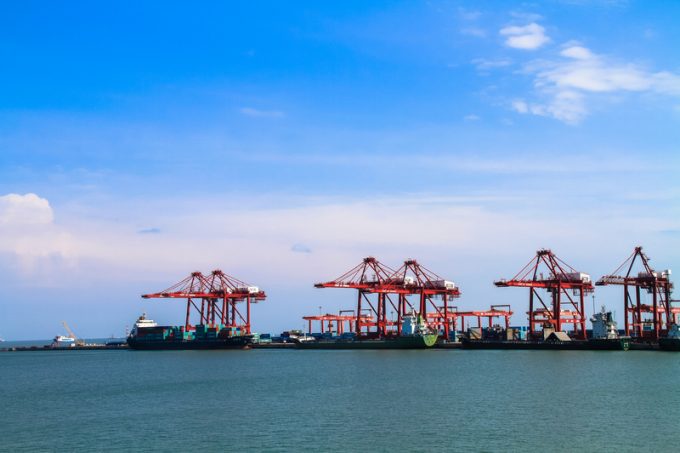
19 Jun Indian Ports Remain Shut as Cyclone Unleashes Powerful Winds
Introduction:
India and Pakistan are grappling with the aftermath of cyclone Biparjoy, a powerful storm that made landfall and brought heavy rains and strong winds to several areas. As a result, major ports in the western Indian state of Gujarat, including the renowned Mundra operation of Adani Group, have remained closed. The cyclone has disrupted air and rail transport, leading to the evacuation of approximately 150,000 people in both countries. In this article, we will delve into the impact of the cyclone on port operations and the efforts made by India and Pakistan to minimize the damage caused by the disaster.
Port Shutdowns and Anticipated Resumptions:
The ferocious winds accompanying cyclone Biparjoy have forced the closure of significant ports in Gujarat, hindering maritime activities. Notable among these ports is the flagship Mundra operation of the Adani Group. While the wind speeds are expected to diminish by the evening or the following morning, the resumption of port operations is contingent upon the subsiding winds. Ashwin Solanki, the chief nautical officer at Gujarat Maritime Board, believes that Sikka, an essential oil port catering primarily to Reliance Industries Ltd.’s refinery, may be the first to resume operations due to its significance.
Cyclone Intensity and Meteorological Updates:
The India Meteorological Department (IMD) has provided updates on the cyclone’s intensity, forecasting a decline in wind speeds to 40 to 50 kilometers per hour by Friday evening. This indicates a gradual weakening of the cyclone. As the storm loses strength, India and Pakistan can begin to focus on recovery efforts.
Mitigation Efforts and Recovery Operations:
In response to the cyclone’s potential impact, India and Pakistan swiftly mobilized their resources to protect their citizens and limit the damage caused by the disaster. Both nations undertook large-scale evacuations, deployed specialized army personnel for medical assistance and recovery operations, and activated disaster management teams to facilitate relief and rescue efforts. The concerted efforts of the authorities aim to mitigate the cyclone’s consequences and aid in the recovery of affected areas.
Pakistan’s Recovery Timeline:
Pakistan’s Power Minister, Khurram Dastgir Khan, stated in a press conference that the country is expected to emerge from the storm’s impact entirely by Saturday morning. This forecast provides hope for the affected regions and highlights the resilience and determination of the nation in responding to natural calamities.
Climate Change and Extreme Weather Events:
The occurrence of cyclone Biparjoy is part of a broader pattern of extreme weather events in South Asia. Scientists attribute the increasing frequency of cyclones, heatwaves, floods, and droughts in the region to climate change. This realization emphasizes the urgent need for collective action to address climate issues and mitigate their devastating impacts.
Conclusion:
As cyclone Biparjoy wreaks havoc in India and Pakistan, major ports in Gujarat have temporarily ceased operations due to the powerful winds. The timely evacuations, relief operations, and recovery efforts undertaken by the governments reflect their commitment to safeguarding lives and minimizing damage.

